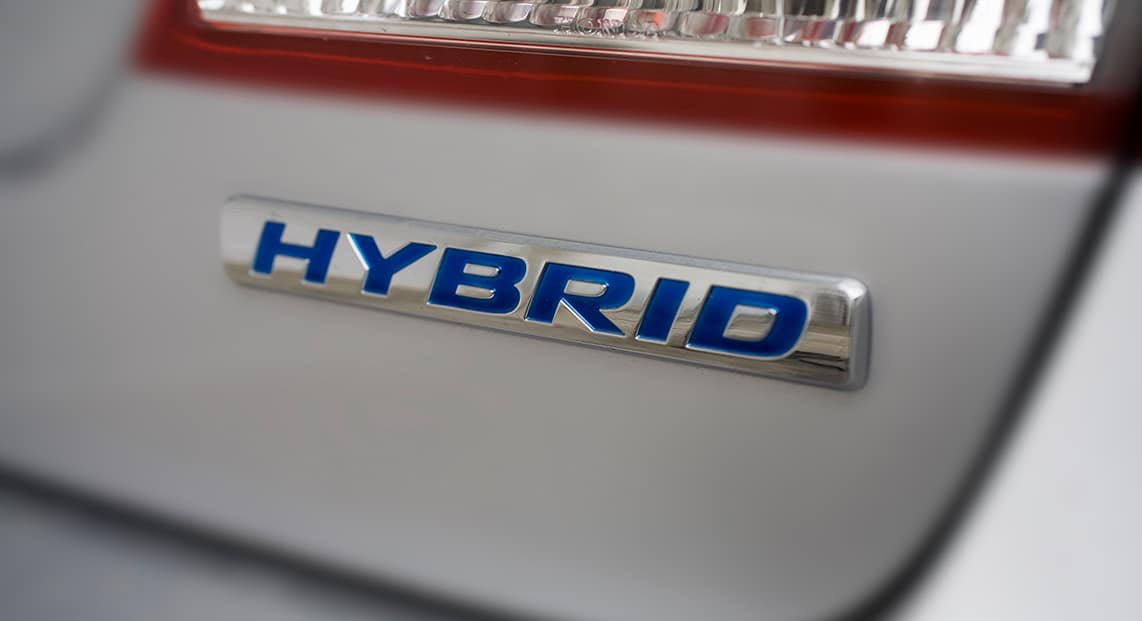- SolutionsWith a strategic solution that works for you and your business, you can unlock revenue-generating opportunities and begin managing your fleet as an investment.Overview
- About UsWhen Holman was founded in 1924, we set something positive in motion. Our consistent focus on people and our commitment to integrity make us who we are today.Overview
 Join Our TeamWe’re not just in the automotive business, we’re in the people business. Join us for the ride.Browse Careers
Join Our TeamWe’re not just in the automotive business, we’re in the people business. Join us for the ride.Browse Careers
Not Charged up About EVs? Consider a Hybrid
Holman Marketing
March 24, 2022

All this talk about reducing emissions and operating costs by transitioning to battery electric vehicles (BEV), also called all-electric vehicles (AEV), which run entirely on a battery and electric drive train – it can be draining. Maybe you’re ok with paying more for plug-in electric vehicles but are not willing to compromise productivity for time to charge up, or perhaps your driver roles and decentralized footprint simply don’t align well with access to charging infrastructure.
What’s a Complex Fleet of Vehicles to do When You’re Relying on Them to Travel Long Distances to Generate Revenue?
There are other options to incrementally move your fleet’s sustainability needle, such as reviewing your selectors or replacement parameters for opportunities to integrate more efficient gasoline vehicles. There’s also the tried and true option of moving to hybrid electric vehicles (HEV). They could be the perfect compromise for fleets like yours that need to meet corporate sustainability objectives while also reaching performance expectations.
How do Hybrids Work?
Hybrid electric vehicles use a dual system of electric motor and internal combustion engine (ICE). HEV models have been around for a while but only started to become familiar to most of us in the late ‘90s with the introduction of the Toyota Prius.
The various HEV models have stark differences between their mechanical configuration and the level of hybridization. These are the main types of HEVs:
Mild Hybrid Electric Vehicle (MHEV)
The MHEV has an electric motor that is used only to boost performance of the ICE; the electric motor cannot propel the vehicle on its own. The electric motor provides torque during acceleration and recuperates energy during deceleration and braking, thus reducing the vehicle’s emissions and improving fuel economy.
Full Hybrid Electric Vehicle (FHEV)
The FHEV uses both the electric motor and ICE to provide vehicle motion. Full-electric driving is used for short trips, taking on the characteristics of the MHEV. It will contain a higher voltage battery system – typically 300V to 400V, larger battery storage, and a more powerful electric motor than the MHEV. It will reduce fuel consumption where possible and provide more power when required.
Plug-in-Hybrid Electric Vehicle (PHEV)
The PHEV shares all the characteristics of the FHEV but is also capable of being charged via a household extension cord or a level 2 or 3 charging station. The PHEV can be driven in full-electric mode more frequently and farther than the FHEV (about 45 miles) because of the larger, more efficient battery and more robust electric motor. The vehicle typically runs on electric power until the battery is nearly depleted, then automatically switches over to use the ICE.
Is a hybrid electric vehicle a good fit for your fleet? Take this Holman quiz to determine your best option. Feel free to contact us to ask a question or request a meeting.
Related Resources
Explore more related industry news, insights, and developments.









